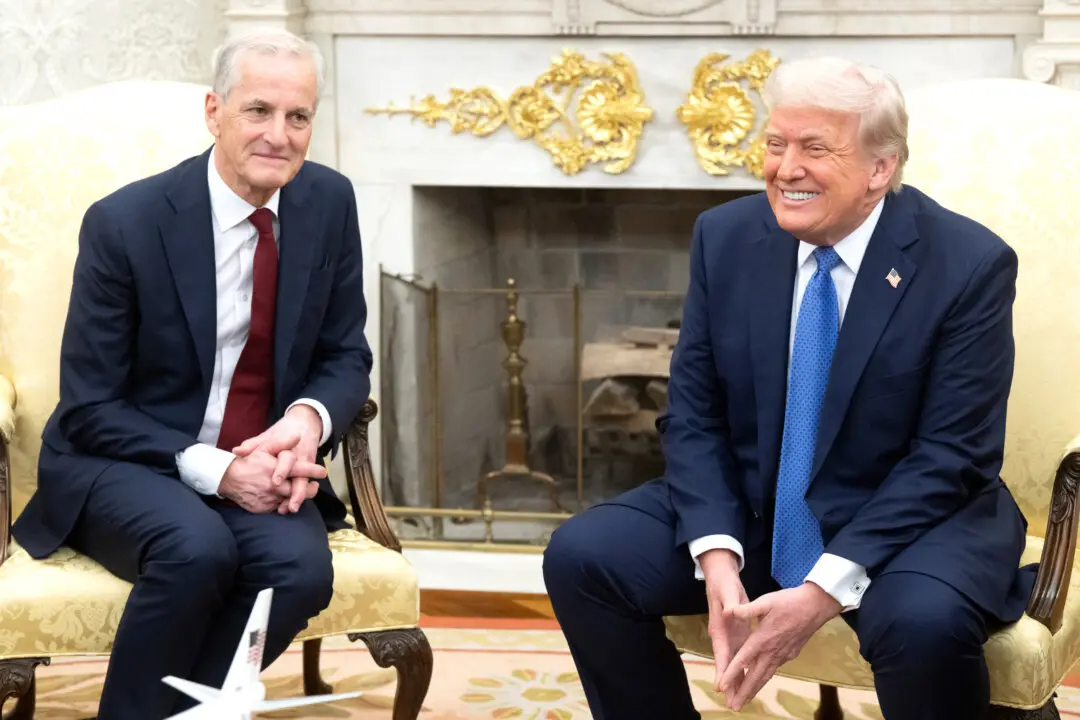WASHINGTON/BEIJING—U.S. Trade Representative Katherine Tai said on Wednesday that the United States still faces “very large challenges” in its trade and economic relationship with China that require the Biden administration’s attention across the board.
Tai spoke with Reuters in an interview before her first virtual call with Chinese Vice Premier Liu He, a meeting in which she raised “issues of concern,” according to her office.





